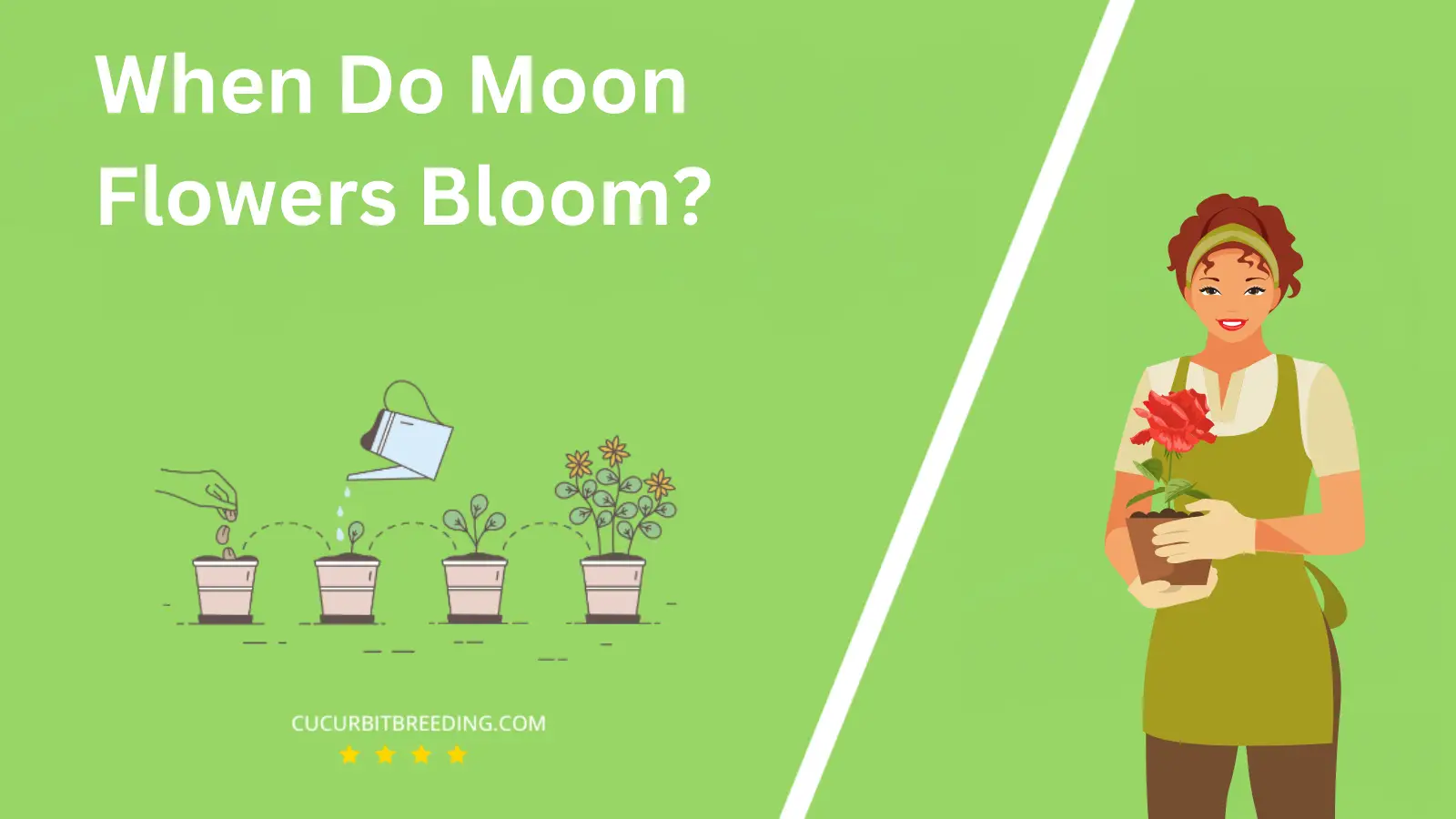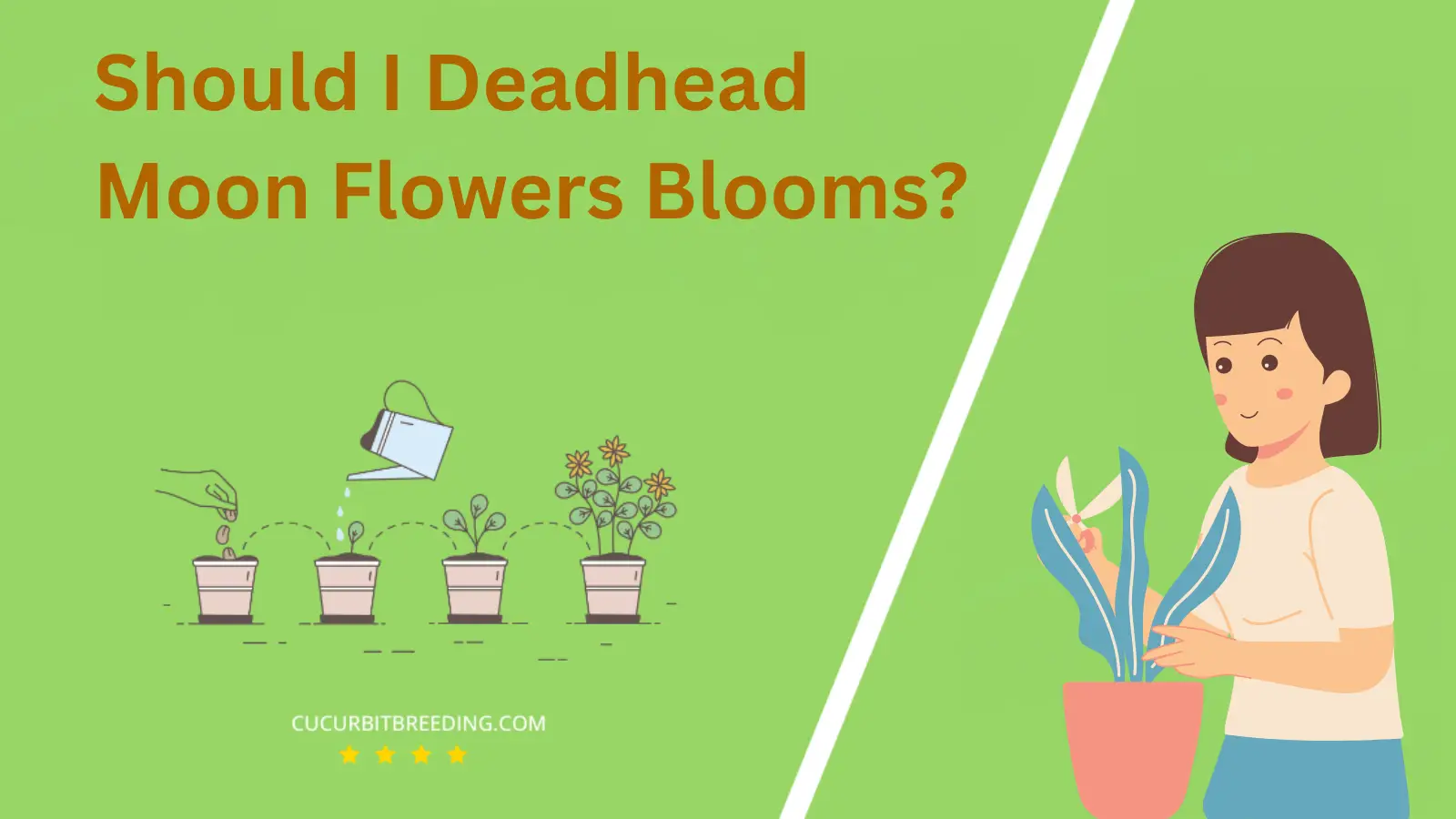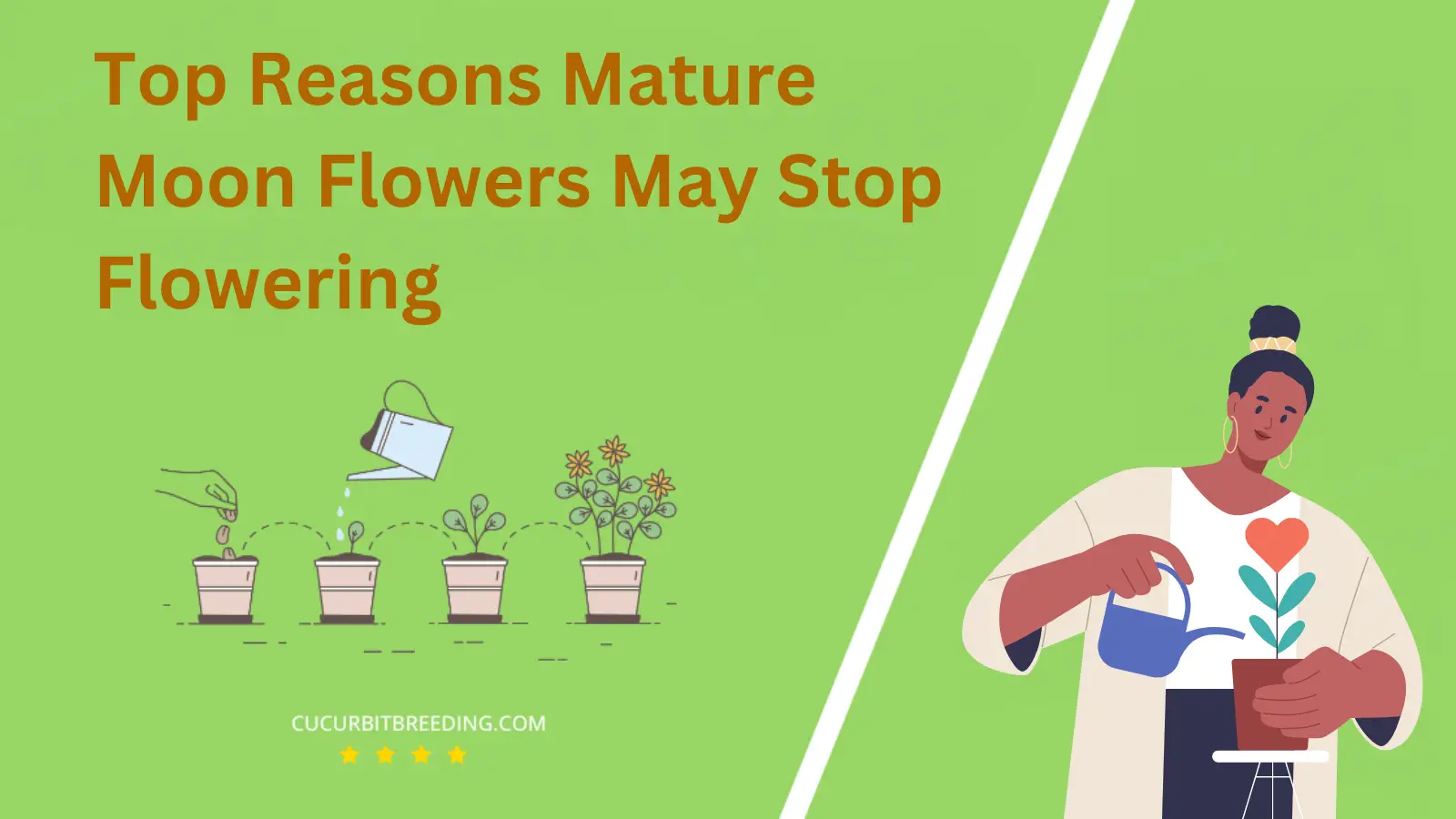
Have you ever wondered, when do Moon Flowers bloom? These beautiful night-time bloomers have captivated gardeners with their enchanting, lunar-inspired beauty.
Contrary to your typical daytime flowering plants, Moon Flowers have a unique growth and blooming pattern. In this article, we’ll delve into the intriguing world of these nocturnal blossoms.
When Do Moon Flowers Bloom?
Moon flowers typically bloom in the evening and throughout the night. They start opening their petals at dusk and remain open until the early morning. This characteristic is why they are commonly referred to as ‘Night Blooming’ plants. The flowers close during the day, typically when the sunlight is strongest.
| Stage | Description |
|---|---|
| Germination | Summer (June-August) |
| Growth | Summer (June-August) |
| Blooming | Summer (June-August) |
| Dormancy | (May-September) |
How Long Do Moon Flowers Bloom?
Moon flowers, or Ipomoea alba, are known for their nocturnal blooming habits. Typically, a moon flower bloom lasts for a single night. The flower opens up in the late afternoon, fully blooms during the night, and closes by the next morning. Nonetheless, the plant continually produces blossoms throughout its blooming season, which is usually from early summer to early fall.
How Light Affects Moon Flowers Blooms?
Moon flowers, or Ipomoea alba, are a variety of night blooming plants which are largely influenced by light. Their blooming is directly affected by the level of darkness. As nocturnal flowers, moon flowers open their blooms in response to dusk, and close them again at dawn. This adaptation is called “nyctinasty” and is controlled by the plant’s circadian rhythms in response to the levels of light and dark.
The less light these plants receive, the more they bloom. During the day, moon flowers are closed and unassuming, but as the sun sets, they begin to open. This is due to the light-sensitive proteins in the plant called “phytochromes” which regulate the opening and closing of the flowers based on the light conditions.
Consequently, if moon flowers are exposed to artificial light during the night, they may not open as they would normally do in natural darkness. Therefore, for optimal blooming, moon flowers should be planted in an area that experiences full darkness at night.
Will Moon Flowers Bloom the First Year You Plant Them?
Yes, Moon Flowers typically bloom the first year they are planted. These plants are annuals, which means they complete their life cycle in one growing season. As a result, you can expect them to bloom the same year you plant them, given that they are provided with appropriate care and growing conditions.
Will Moon Flowers Bloom Every Year?
Moon flowers, scientifically known as Ipomoea alba, are perennial plants in warmer climates where frost is not a concern. This means they will bloom each year without needing to be replanted. However, in colder climates where frost is prevalent, they are often treated as annuals, meaning they need to be replanted each year. So, whether moon flowers will bloom every year largely depends on the climate in which they are planted.

Should I Deadhead Moon Flowers Blooms?
Yes, you should deadhead Moon Flowers blooms. Deadheading, or the act of removing faded or dead flowers, promotes further blooming by stopping the plant from putting all its energy into seed production. This practice keeps your Moon Flowers looking tidy and encourages more flowers to grow throughout the blooming season.
Top Reasons Mature Moon Flowers May Stop Flowering

Mature Moon Flowers may stop flowering for several reasons. The most common include insufficient sunlight, as these plants require full sun exposure to bloom. Improper watering is another common issue, as Moon Flowers need well-drained soil and should neither be overwatered nor left too dry.
Additionally, poor soil conditions can hinder the flowering process. Moon Flowers prefer a soil pH between 6.0 and 7.5 and a fertile, well-drained soil enriched with organic matter. Lastly, pests or diseases may also cause a Moon Flower to stop flowering, as they can damage the plant and hinder its growth and blooming capacity.
Therefore, to maintain healthy flowering Moon Flowers, ensure sufficient sun exposure, proper watering, good soil conditions, and pest and disease control.